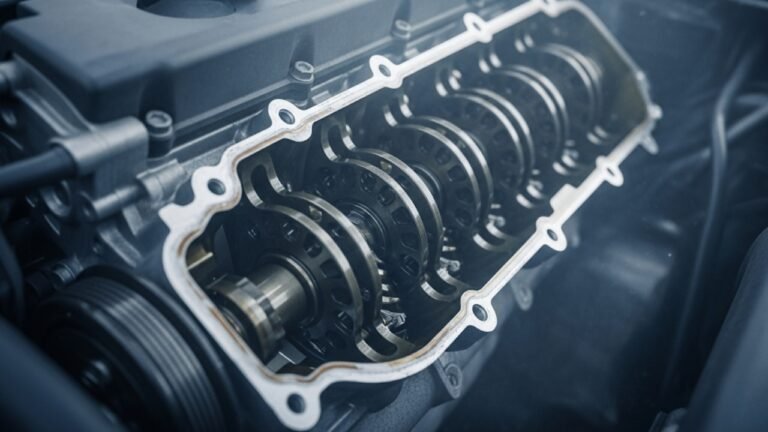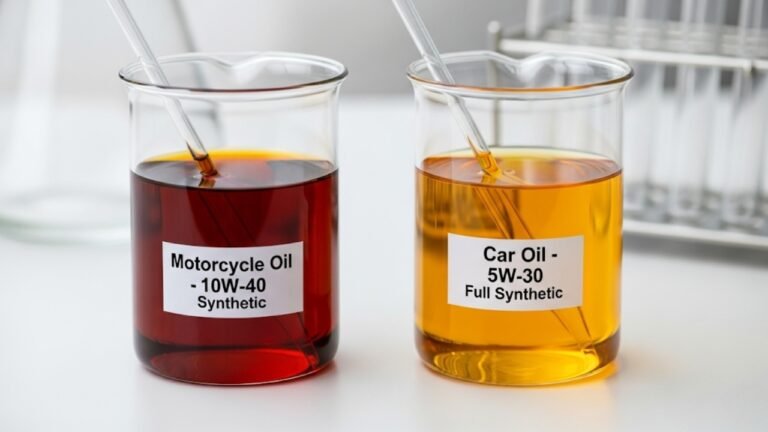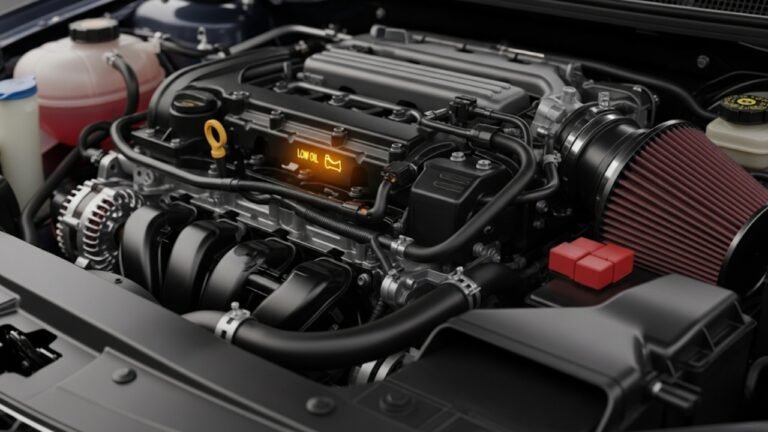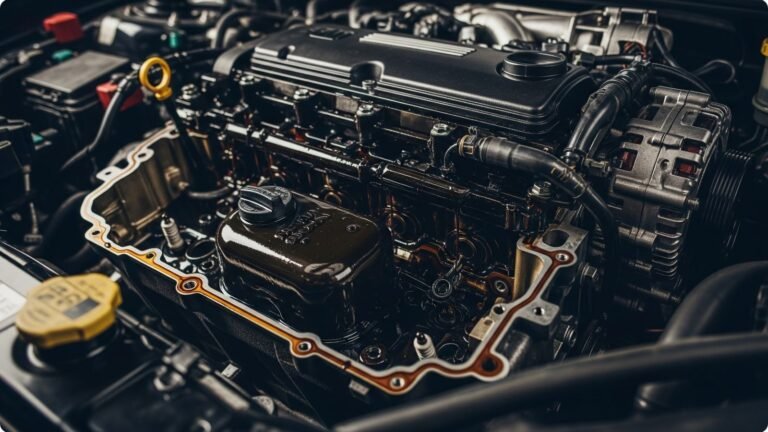Guide to Choosing the Best Car Glass Oil Film Remover
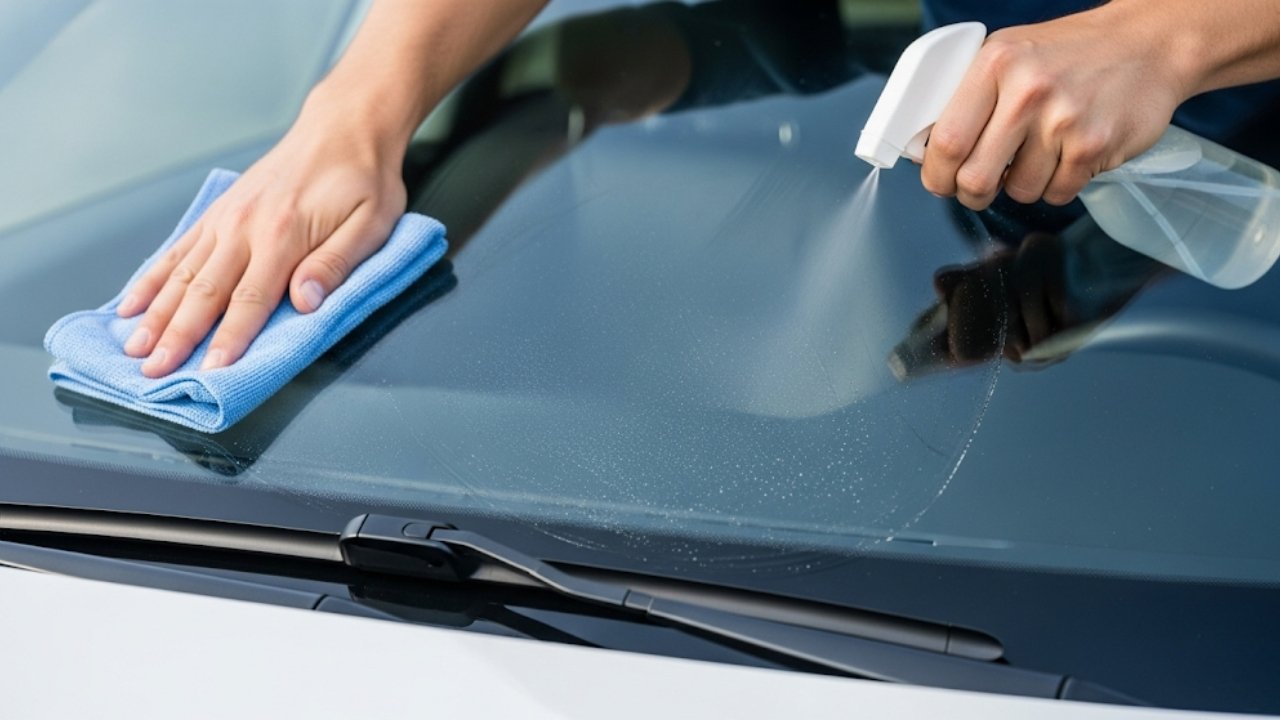
Have you ever driven in the rain and noticed your windshield refusing to clear up—no matter how fast your wipers go? That smeary, greasy haze sticking to your car glass is what we call an oil film. It’s not just annoying. It’s downright dangerous. I remember one night on the Dhaka-Chattogram highway—rain pouring down like a waterfall, and I could barely see the tail lights in front of me. My wipers were fine. Washer fluid? Full. But the oily film wouldn’t budge. That’s when I realized I needed the best car glass oil film remover—and fast.
In this guide, I’ll walk you through what these removers are, how they work, why they matter, and which ones you should trust. Think of this like a friend explaining over tea, not some robotic product list. Because when it comes to safety, clarity, and peace of mind behind the wheel, you deserve more than vague advice.
What Is Car Glass Oil Film?

Why It’s a Big Deal:
Reduces visibility drastically.
Makes your windshield resistant to wiper blades.
Causes light to scatter and glare at night.
Increases risk in bad weather.
This isn’t just a cosmetic issue—it’s a safety hazard. Which brings us to the hero of our story: the best car glass oil film remover.
Why You Can’t Trust Just Soap and Water
You may think, “Well, I’ll just scrub it with some dishwashing liquid.” That’s like trying to clean engine grease with lemonade. Normal glass cleaners only remove surface-level grime. They don’t break down the oil molecules bonding with your windshield.
Here’s what traditional cleaning methods lack:
| Method | Works on Oil Film? | Notes |
|---|---|---|
| Water + Soap | ❌ | Doesn’t break down oil layers. |
| Vinegar Spray | ❌ | Better for water spots, not oil. |
| Ammonia Cleaner | ❌ | Might damage tint or seals. |
| Glass Cleaner | ❌/✔ | Mild effect, not fully effective. |
| Oil Film Remover | ✅ | Specifically targets oil-based grime. |
Best car glass oil film remover products have one job: remove that clingy, invisible grease and make your windshield truly clean—not just look clean.
How Does a Car Glass Oil Film Remover Work?
Let’s get into the science. These removers use abrasive micro-particles or chemical degreasers that break the bond between the glass and the oily film. Some are gel-based, while others are spray-ons or liquids. They usually require a little elbow grease, but the payoff? Crystal-clear glass. It’s like cleaning your spectacles and realizing you weren’t blind—just dirty.
Typical Features of High-Quality Products:
pH-balanced for glass safety
Anti-static and hydrophobic finish
Non-abrasive to prevent scratches
Works on both inside and outside glass
Quick drying and streak-free
Pro Tip: Never underestimate a foam pad or microfiber cloth when applying the solution. Technique matters.
Top Signs You Need a Glass Oil Film Remover
Not sure if it’s time to buy a remover? Here are the tell-tale signs you’re driving with an oil film problem:
Wipers smear water instead of clearing it
Strange glare during sunset or night drives
Difficulty seeing clearly in rain
Wipers leave streaky patches
You smell burnt oil when defrosting
If even one of these sounds familiar, it’s time to look for the best car glass oil film remover your budget can buy.
What to Look for in the Best Car Glass Oil Film Remover
You don’t want to end up with a bottle of glorified glass cleaner. When shopping for the right product, keep these pointers in mind:
1. Active Ingredients
Look for products with surfactants, alcohols, or abrasive clay particles.
Avoid ammonia-heavy removers if your car glass is tinted.
2. Ease of Use
Some products come with built-in applicators or sponge heads.
Liquid sprays work faster, while gels tend to be more concentrated.
3. Safety & Compatibility
Ensure the product is safe for tempered glass, rear defrosters, and mirror coatings.
4. Drying Time & Residue
A good remover shouldn’t leave chalky or sticky residue.
It should dry within a minute or two, even in humid climates like Bangladesh.
5. Extra Features
Rain repellency is a big plus.
UV protection and anti-fog features? Even better.
My Personal Top Picks: Tried, Tested & Trusted
Let’s get real. I’ve used at least ten different products in the past few years. From cheap knockoffs on local sites to imported Japanese brands. Here’s what’s worked for me and many other gearheads I’ve talked to.
1. Soft99 Glaco Glass Compound Z
Origin: Japan
Type: Abrasive compound
Why it’s great: Cuts through stubborn film like butter.
Downside: Needs effort to buff off. Not for lazy days.
2. Invisible Glass Cleaner + Rain Repellent
Origin: USA
Type: 2-in-1 spray
Why it’s great: Cleans and repels water. Ideal for monsoon drives.
Downside: A bit pricey locally.
3. Rain-X Glass Treatment + Cleaner
Origin: USA
Type: Spray combo
Why it’s great: Dual-action cleaner and rain repellant. Trusted worldwide.
Downside: Slightly streaky if over-applied.
4. CarPro Clarify
Origin: Korea
Type: Pro-grade spray
Why it’s great: Designed for detailers. No residue. Smells amazing.
Downside: Harder to find in local markets.
How to Use a Car Glass Oil Film Remover Like a Pro
Alright, now that you’ve picked the right product, it’s time to use it. And trust me—application matters just as much as the remover itself. I learned this the hard way after lazily applying a top-tier remover and expecting magic. It didn’t work—because I skipped a few key steps.
Here’s how to do it right:
Step-by-Step Application Guide:
Wash the Windshield First
Remove dirt, dust, and debris.
Use regular car shampoo and water.
Dry it completely with a microfiber towel.
Apply the Oil Film Remover
Shake the bottle (especially if it contains abrasives).
Apply a few drops onto a foam pad or microfiber applicator.
Rub in a Circular Motion
Don’t rush. Be patient.
Rub until you feel the surface getting smoother.
Focus on high-impact areas like the driver’s side and wiper path.
Let It Sit (If Instructed)
Some products need a couple of minutes to work their magic.
Read the label carefully.
Buff Off with a Clean Dry Cloth
Use a different microfiber towel to remove any residue.
Check for haze or smearing. If needed, repeat the process.
Test It with Wipers
Turn on your wipers and washer spray.
If it glides smoothly and doesn’t streak—job well done!
Pro Tips for Better Results:
Use in the shade or cool temperatures to avoid quick evaporation.
Clean both inside and outside glass for optimal clarity.
Don’t forget rear and side windows—especially the side mirrors.
Common Mistakes to Avoid
Even if you buy the best car glass oil film remover, a few rookie mistakes can ruin the result. So, let me save you the trouble:
❌ Skipping the pre-wash. You’re just rubbing oil into dust.
❌ Using a dirty cloth. You’re scratching the glass.
❌ Applying too much product. Less is often more.
❌ Forgetting to buff completely. That hazy white film? That’s lazy work.
❌ Not following instructions. Each product is different—respect the label.
These mistakes are more common than you’d think. I’ve made almost all of them at some point!
When Should You Reapply?
A quality car glass oil film remover doesn’t require weekly use. But over time—especially if you drive a lot in polluted areas—you’ll notice the symptoms creeping back. Here’s a rough idea:
| Driving Condition | Reapplication Frequency |
|---|---|
| Daily urban traffic | Every 3–4 weeks |
| Highway driving only | Every 2 months |
| Monsoon/rainy season use | Every 2–3 weeks |
| After off-road trips | Immediately |
You’ll feel it when it’s time. Your vision won’t be as crisp, and the water won’t bead off as easily.
Environmental Impact: Are They Safe?
Good question. Many drivers worry about what they’re putting on their cars and what goes into the drains. Reputable brands ensure their products are biodegradable, non-toxic, and eco-safe. Always check the label.
If environmental impact is a priority, opt for eco-certified removers or those labeled VOC-free (Volatile Organic Compounds). These are safer for both your car and the planet.
Frequently Asked Questions (FAQs)
1. Can I use household window cleaner instead of oil film remover?
Not recommended. Household cleaners are not strong enough to dissolve oil-based residue and may contain chemicals harmful to your car’s glass coatings.
2. Does an oil film remover damage tinted windows?
If you’re using a harsh or ammonia-based remover, yes. Always check that the product is tint-safe before applying.
3. How often should I use an oil film remover?
Depends on your driving conditions. For city driving, once a month is a good habit. If you’re in cleaner environments, every 2-3 months works.
4. Is it safe to use on interior glass?
Only use products that explicitly mention interior-safe use. Otherwise, stick to interior glass-specific cleaners.
5. Will it remove water spots and hard mineral stains too?
Some do, but not all. Products like Glaco Glass Compound Z also work on mineral stains, while others may only target oil-based grime.
6. Can I use it on side mirrors and rear windows?
Absolutely. In fact, you should—because oil film affects all exterior glass surfaces, not just your windshield.
7. What’s the best remover for the rainy season?
Go for a combo product like Rain-X or Invisible Glass with Repellent. They clean and add a water-repelling coat that’s perfect for heavy rain.
8. Is polishing necessary after using an oil film remover?
No, but if you want that ultra-slick feel or a water-repelling finish, follow it up with a glass polish or rain repellent.
Final Thoughts: Clarity Isn’t a Luxury—It’s a Necessity
Driving should feel safe and smooth—not like peeking through a foggy bathroom mirror. With the right car glass oil film remover, you’re not just cleaning your windshield. You’re enhancing visibility, preventing accidents, and boosting driving confidence.
I used to dread night drives and rainy evenings. But ever since I made oil film removal part of my regular car care routine, my experience behind the wheel has completely changed. It’s like switching from standard definition to HD. Crisp. Clear. Comfortable.
So go ahead—invest in the best car glass oil film remover you can find. Trust me, once you see the difference, you’ll wonder how you ever drove without it.


